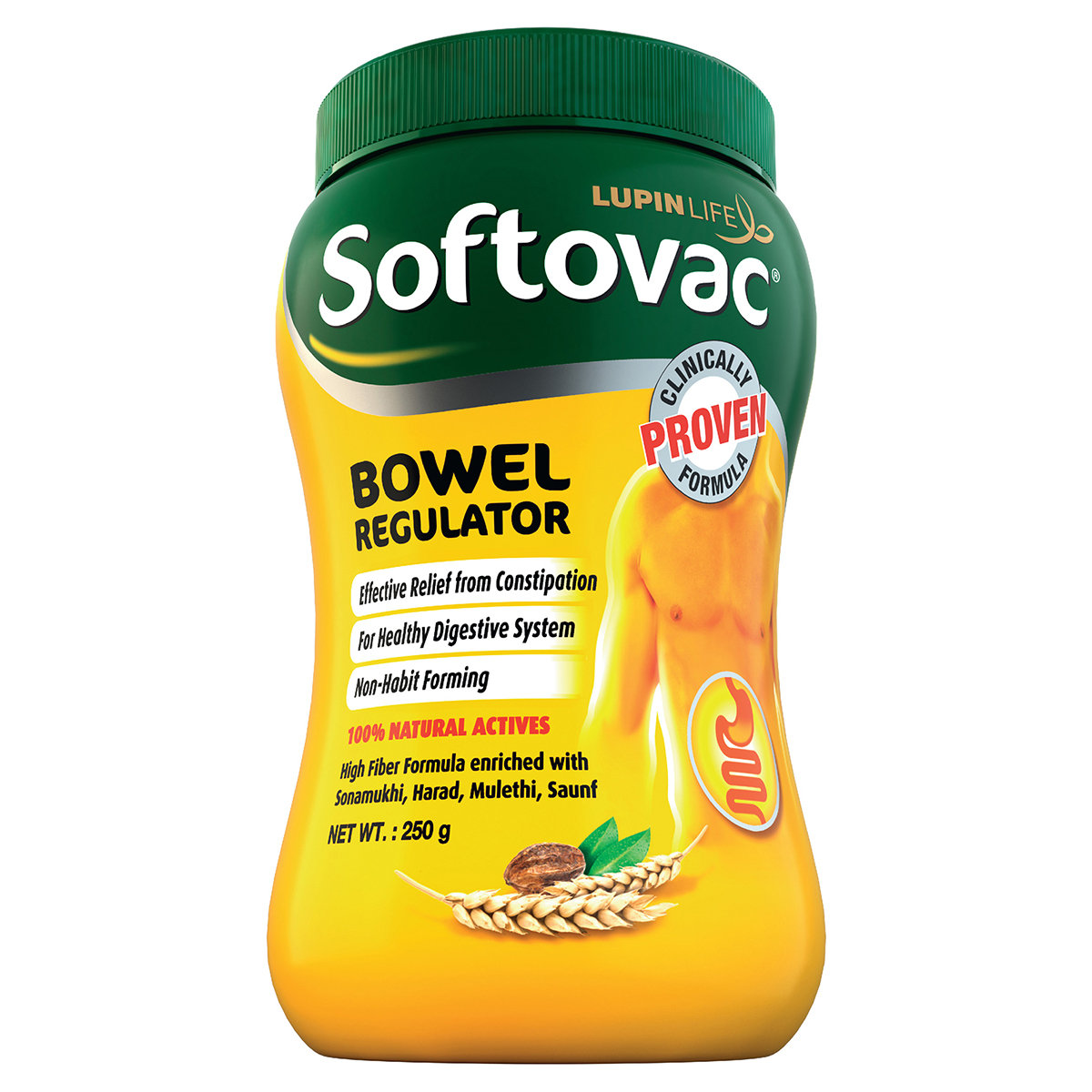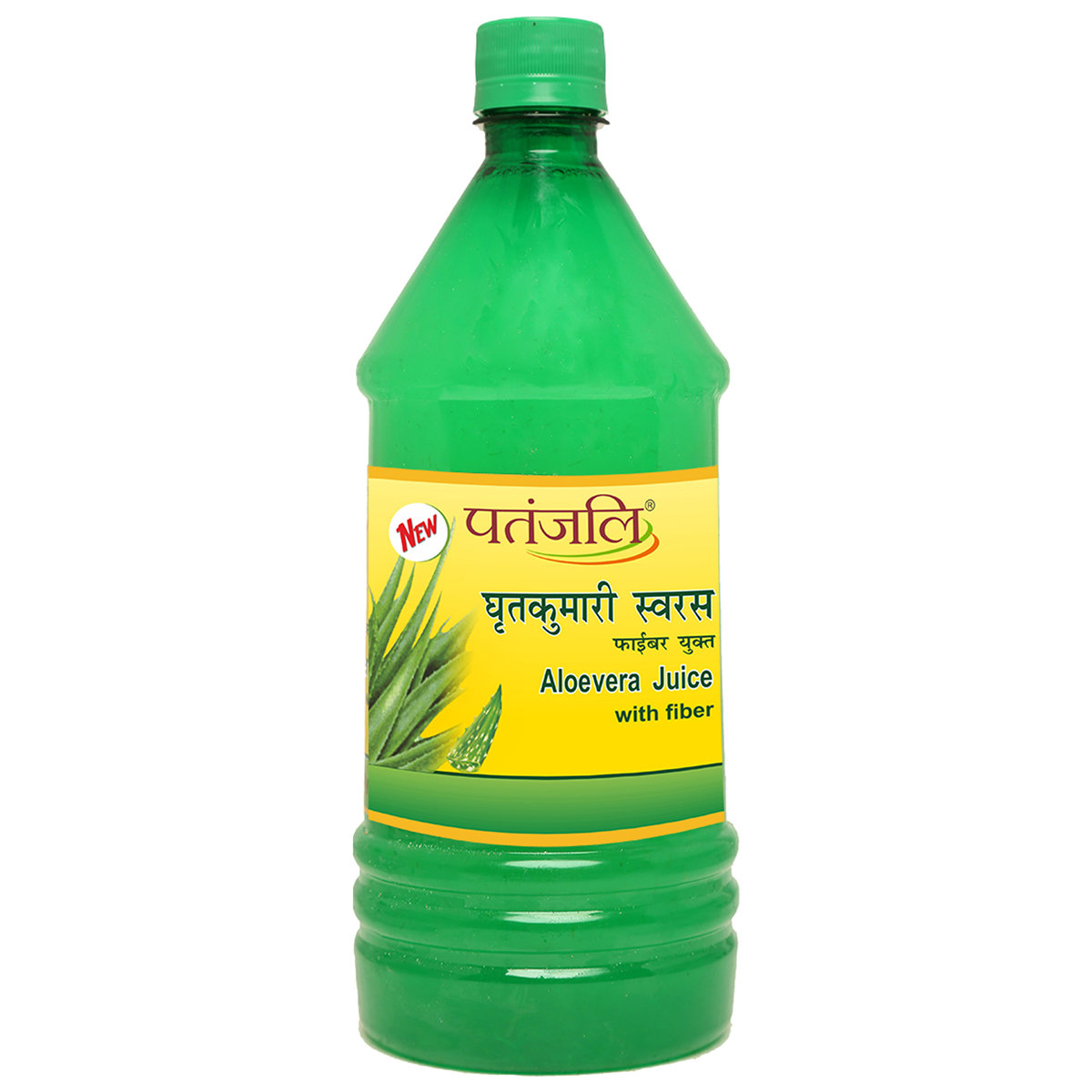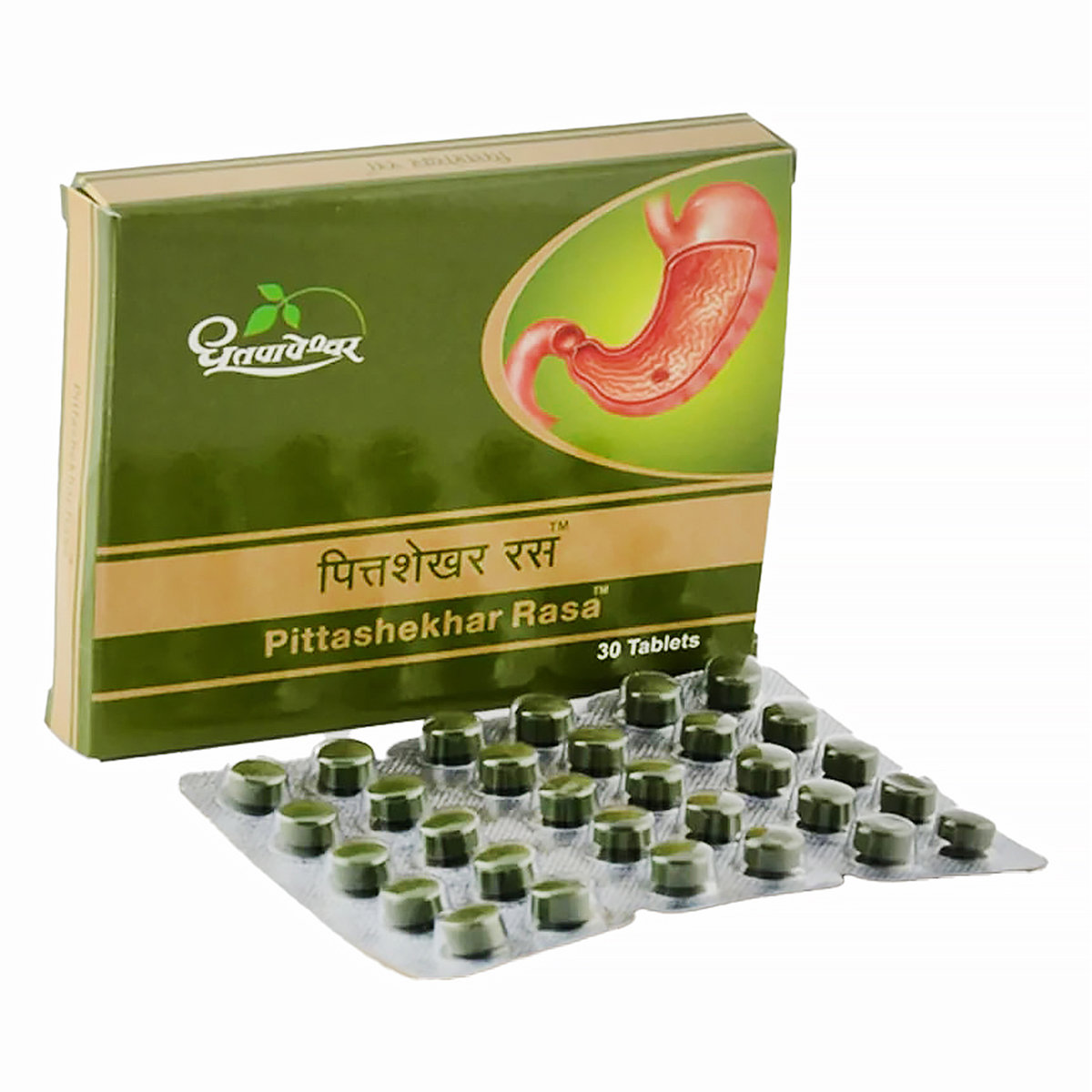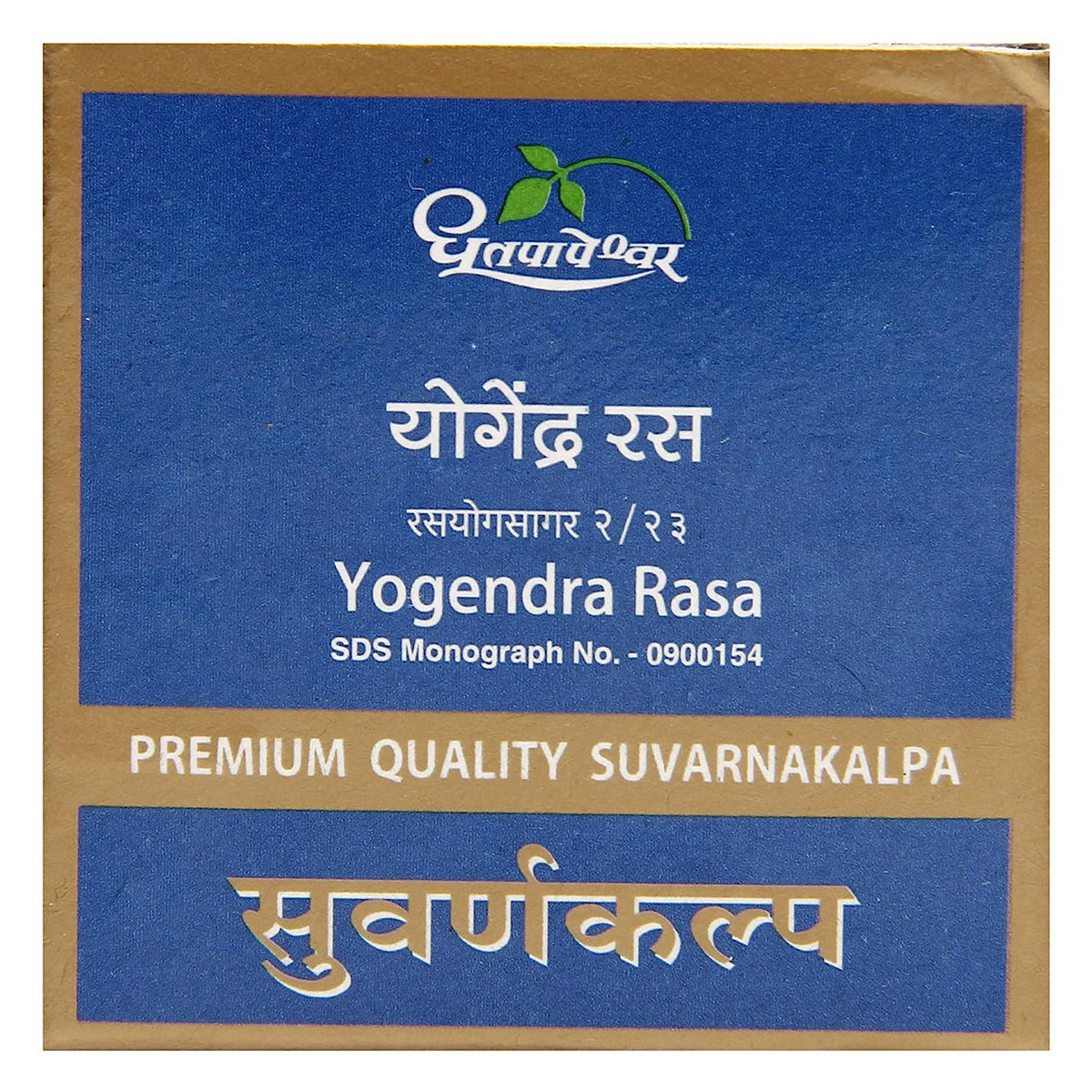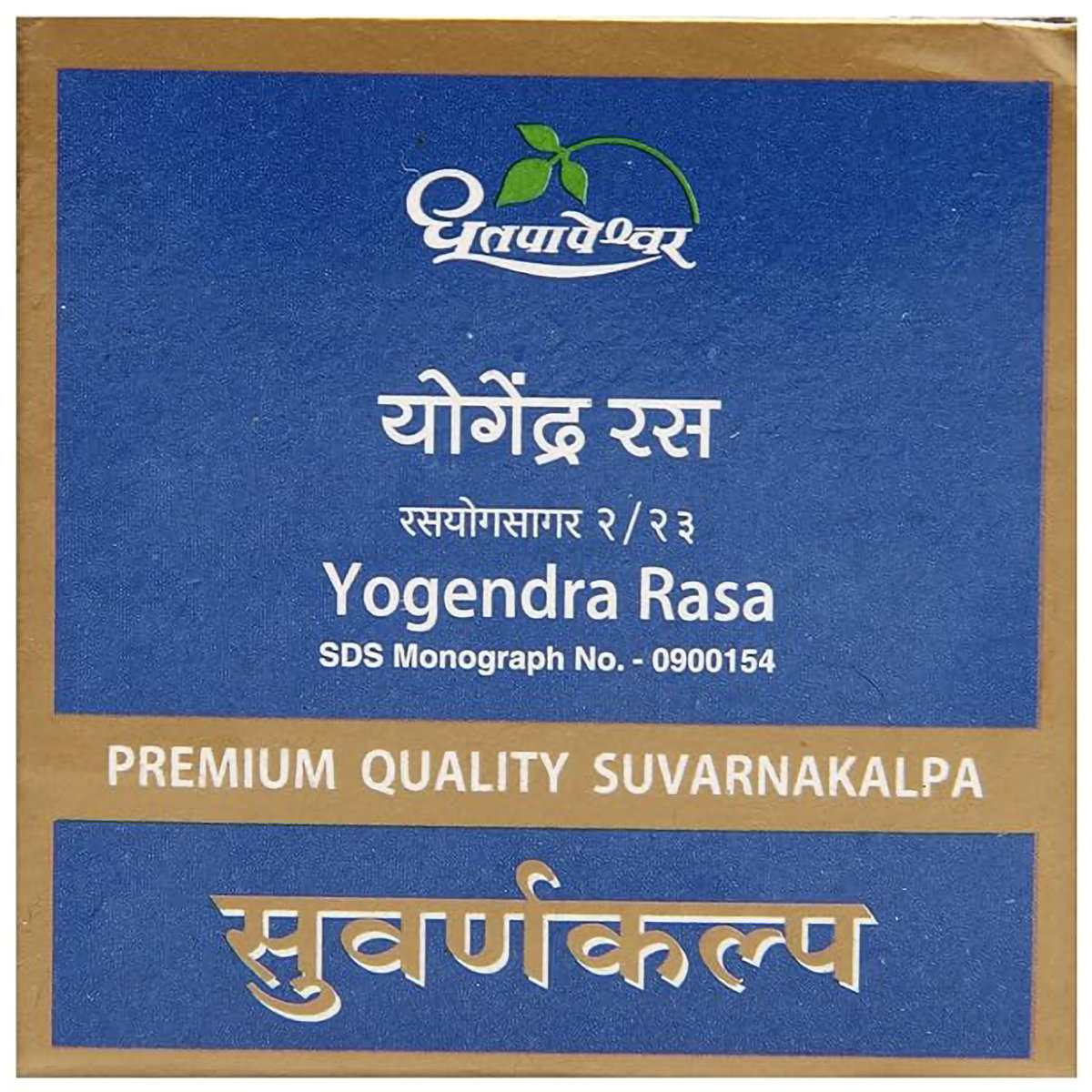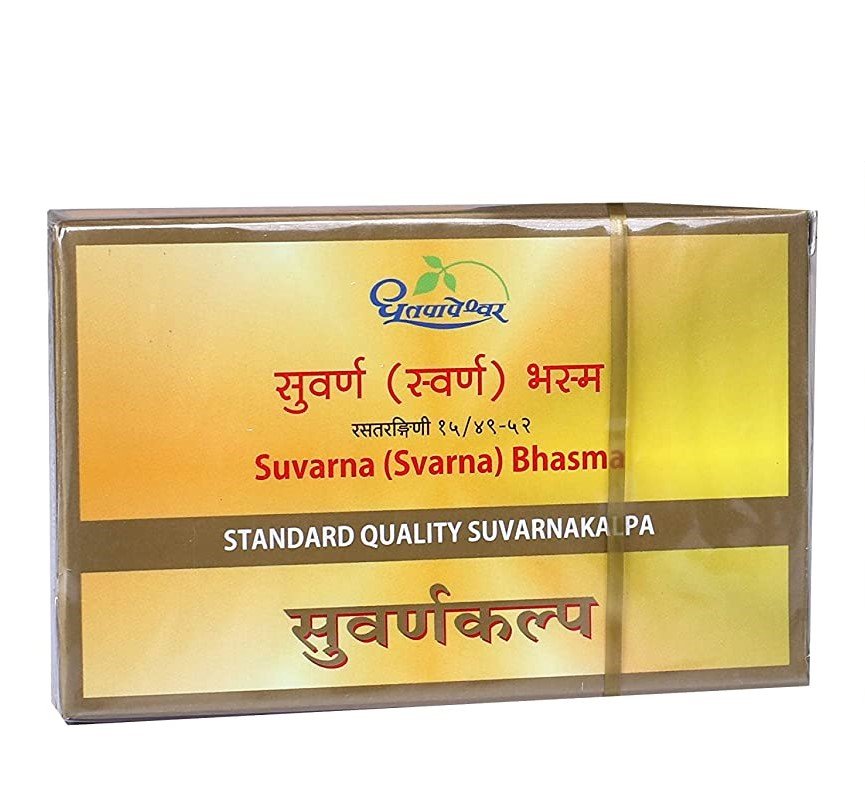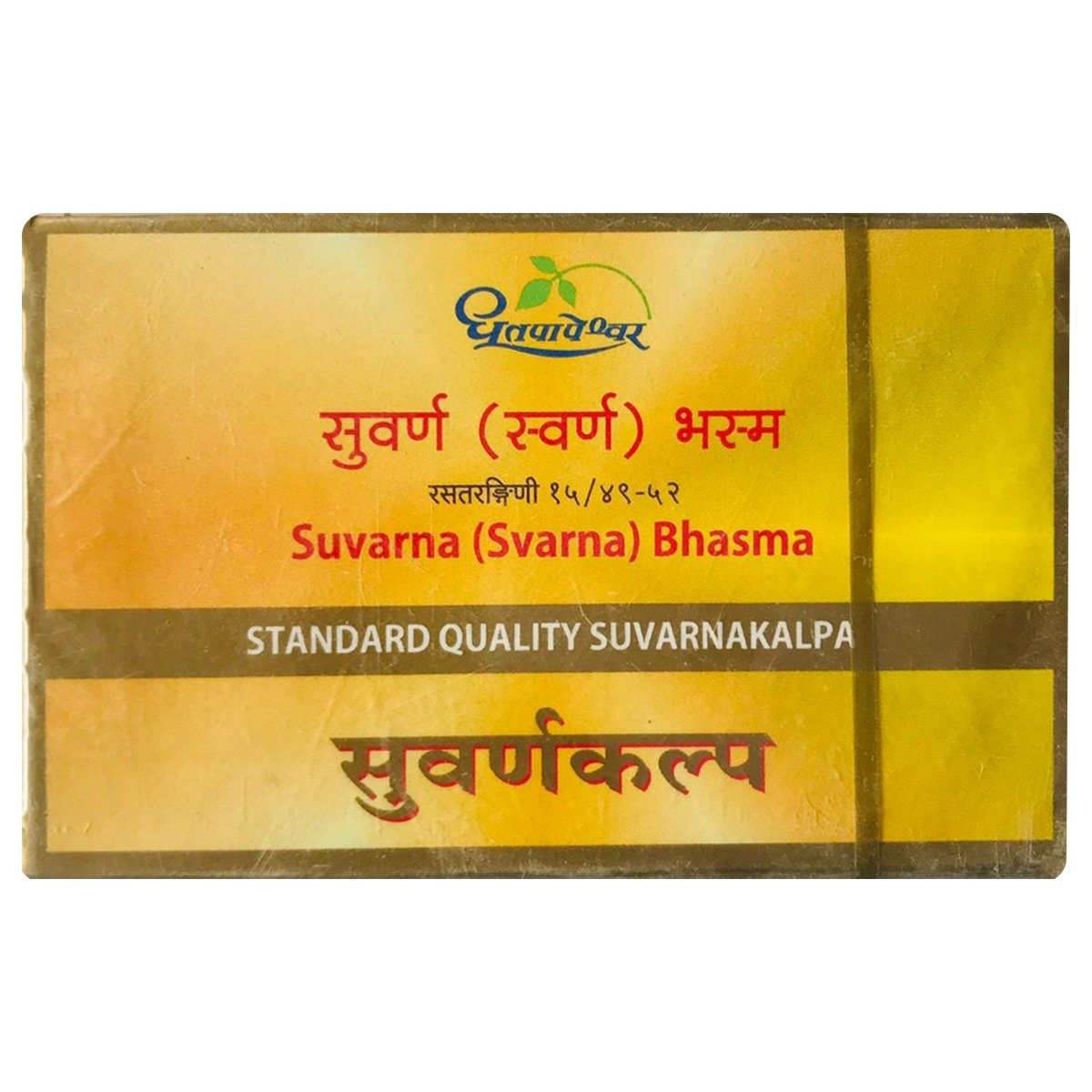Glynium Respicap 30's
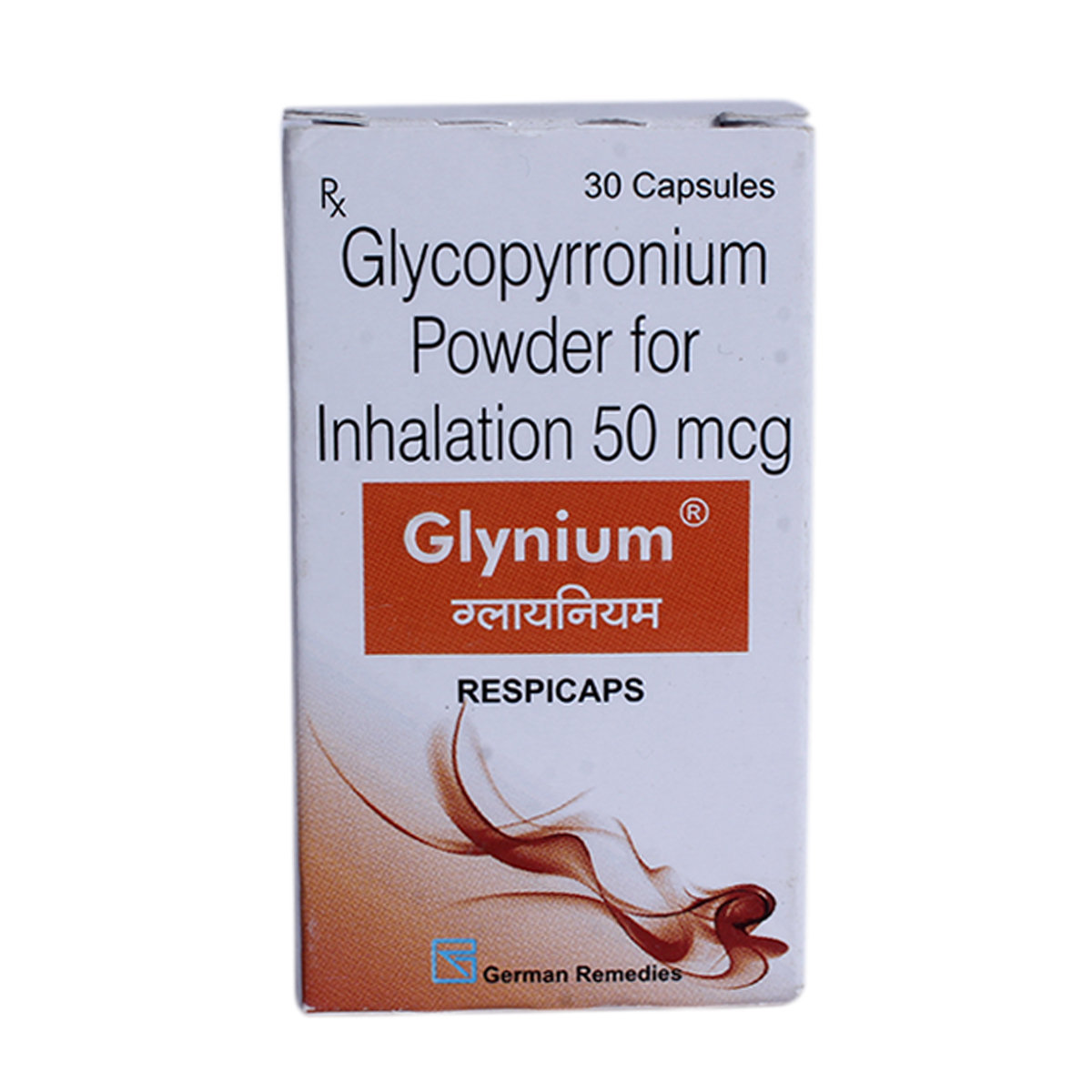
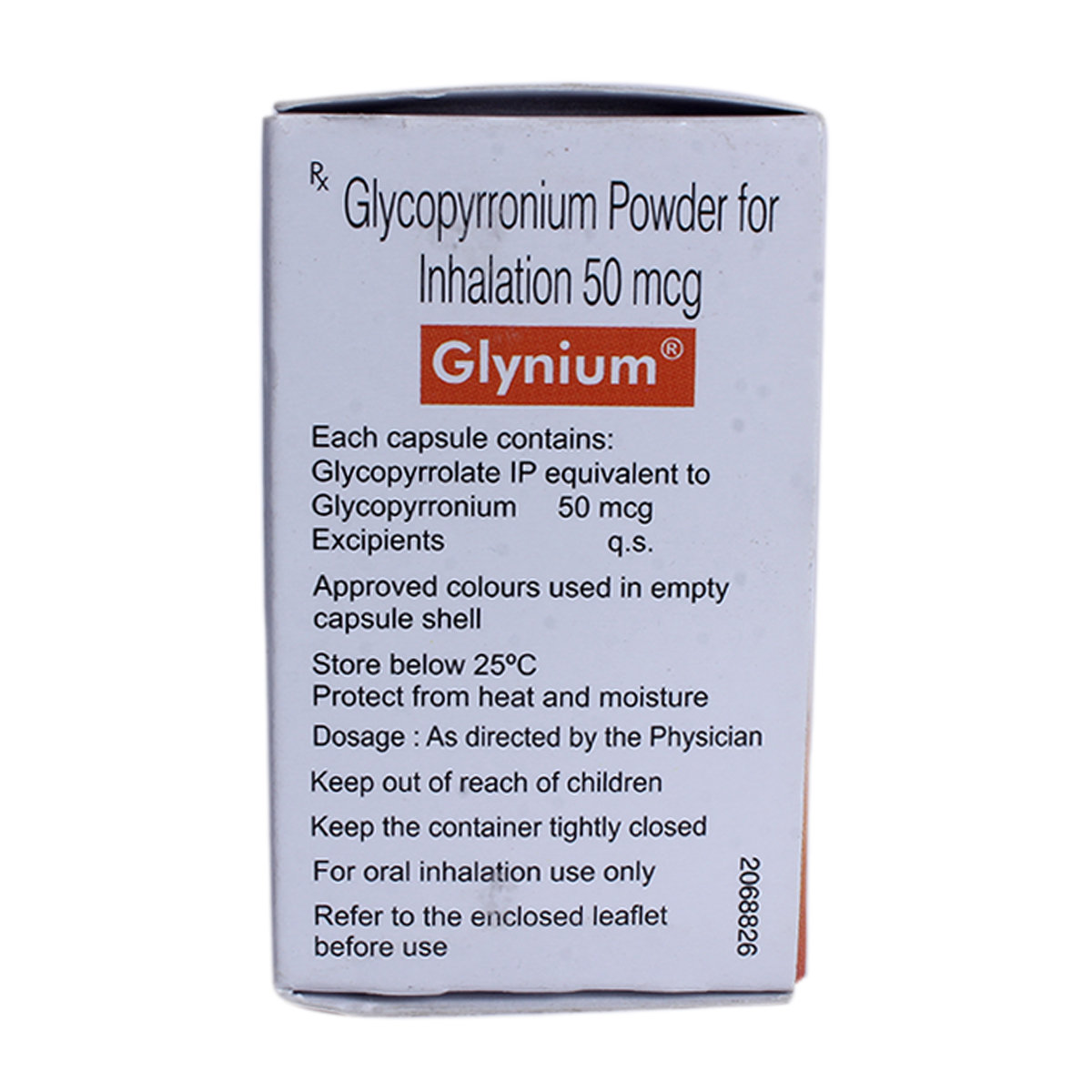
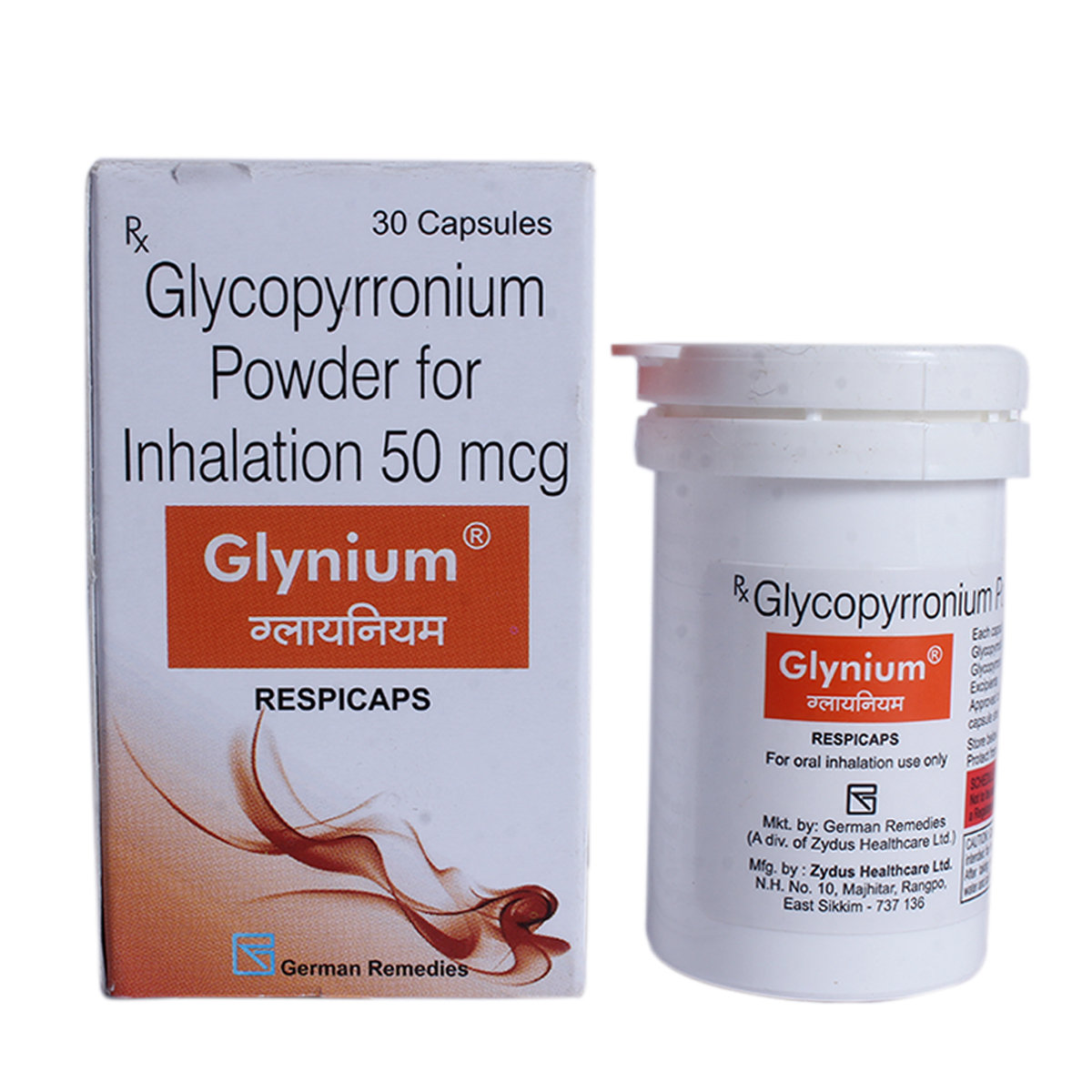
MRP ₹521.5
(Inclusive of all Taxes)
₹78.2 Cashback (15%)
Glynium Respicap is used for long-term maintenance in patients with Chronic Obstructive Pulmonary Disease (COPD), including emphysema and/or chronic bronchitis. This medicine contains glycopyrrolate, which works by relaxing the muscles around the airways and making it easier to breathe. Common side effects include upper respiratory tract infection, common cold, urinary tract infection, and nausea.
Know Your Delivery Time
Provide Delivery Location

Secure Payment

India's Most Trusted Pharmacy

Genuine Products
Synonym :
Composition :
Manufacturer/Marketer :
Consume Type :
Return Policy :
Expires on or after :
About Glynium Respicap
Glynium Respicap belongs to the group of medicines called anticholinergics, indicated for long-term, maintenance treatment of airflow obstruction in patients with Chronic Obstructive Pulmonary Disease (COPD), including emphysema and/or chronic bronchitis. COPD is a lung disease that blocks airflow and makes it difficult to breathe.
Glynium Respicap contains Glycopyrrolate, which works by relaxing the muscles around the airways in the lungs, thus making it easier to breathe. Thereby, Glynium Respicap helps in the treatment of wheezing, coughing, shortness of breath, and chest tightness.
In some cases, Glynium Respicap may cause common side effects such as upper respiratory tract infection, nasopharyngitis (common cold), urinary tract infection, and nausea. Most of these side effects do not require medical attention and will resolve gradually over time. However, if the side effects persist or worsen, consult a doctor.
Glynium Respicap is for inhalation only; do not inject or swallow. Consult your doctor if you are pregnant or breastfeeding. Glynium Respicap is not recommended for children as safety and effectiveness have not been established. Keep your doctor informed about your health condition and medications to avoid unpleasant side effects/interactions.
Uses of Glynium Respicap
Glynium Respicap is used in the treatment of Chronic Obstructive Pulmonary Disease (COPD). The detailed uses of Glynium Respicap are as follows:
- Management of COPD: Glynium Respicap is used for long-term, maintenance treatment of airflow obstruction in patients with Chronic Obstructive Pulmonary Disease (COPD), including emphysema and/or chronic bronchitis. Thus, it reduces symptoms like wheezing, breathlessness, and chronic cough.
- Reduction of Exacerbations in COPD: Glynium Respicap helps to reduce the risk of worsening COPD symptoms. Thus, it results in fewer hospitalisations and improves overall quality of life.
- Improved Lung Function: Glynium Respicap improves airflow and thus makes breathing easier.

Have a query?
Directions for Use
- Follow your doctor's instructions on the dosage and timing of this medication.
- Check the label for directions before use. Twist off the top and squeeze the solution into the nebulizer. This solution is made into a fine mist to breathe in. Inhale the medicine through the nebulizer's mouthpiece.
- Shake well before use.
- For inhalation only. Not to be injected or administered orally.
- Do not use and return for replacement if the solution is discoloured, a leak is found on squeezing, or contains visible black particles.
Medicinal Benefits
- Glynium Respicap contains Glycopyrrolate, a medicine from the class of anticholinergics.
- It works by relaxing the muscles around the airways in the lungs, which helps to open them and make breathing easier.
- Used for the long-term management of Chronic Obstructive Pulmonary Disease (COPD), including emphysema and chronic bronchitis.
- Helps improve airflow in the lungs and relieve symptoms such as wheezing, coughing, chest tightness, and shortness of breath.
- Enhances lung function, supports easier breathing during daily activities, and improves overall quality of life.
How Glynium Respicap Works
Storage
- Inform your doctor about dry mouth symptoms. They may adjust your medication regimen or prescribe additional medications to manage symptoms.
- Drink plenty of water throughout the day to help keep your mouth moist and alleviate dry mouth symptoms.
- Chew sugar-free gum or candies to increase saliva production and keep your mouth moisturized.
- Use saliva substitutes, such as mouthwashes or sprays, only if your doctor advises them to help moisturize your mouth and alleviate dry mouth symptoms.
- Avoid consuming smoking, alcohol, spicy or acidic foods, and other irritants that may aggravate dry mouth symptoms.
- Schedule regular dental check-ups to keep track of your oral health and handle any dry mouth issues as they arise.
- Hydrate your body: Drink enough water to prevent dehydration and headaches.
- Calm Your Mind: Deep breathing and meditation can help you relax and relieve stress.
- Rest and Recharge: Sleep for 7-8 hours to reduce headache triggers.
- Take rest: lie down in a quiet, dark environment.
- Cold or warm compresses can help reduce tension.
- Stay Upright: Maintain good posture to keep symptoms from getting worse.
- To treat headaches naturally, try acupuncture or massage therapy.
- Over-the-counter pain relievers include acetaminophen and ibuprofen.
- Prescription Assistance: Speak with your doctor about more substantial drug alternatives.
- Severe Headaches: Seek emergency medical assistance for sudden, severe headaches.
- Frequent Headaches: If you get reoccurring headaches, consult your doctor.
- Headaches with Symptoms: Seek medical attention if your headaches include fever, disorientation, or weakness.
- Inform your doctor about your constipation symptoms. They may adjust your medication or advise alternative treatments.
- Stay hydrated by drinking sufficient of water (at least 8-10 glasses a day) to help soften stool and promote bowel movements.
- Increase fibre intake by eating foods high in fibre, such as fruits, whole grains, vegetables and legumes, to help bulk up the stool.
- Establish a bowel routine by trying to go to the bathroom at the same time each day to train your bowels.
- Engaging in regular exercise, like walking or yoga, can support in bowel movement stimulation.
- Consult your doctor if constipation persists, and discuss alternative treatments or adjustments to your medication.
What if I have taken an overdose of Glynium Respicap
Drug Warnings
- Do not use Glynium Respicap if you are allergic to any of its components.
- Inform your doctor if you have glaucoma, prostate or bladder problems, irritable bowel syndrome, urinary retention, motion sickness, Parkinson's disease, ulcers, or kidney or liver problems.
- Consult your doctor before use if you are pregnant or breastfeeding.
- Not recommended for children below 18 years, as safety and effectiveness have not been established.
- Inform your doctor about all prescription or non-prescription medicines, vitamins, nutritional supplements, and herbal products you are taking.
- Use Glynium Respicap only for inhalation as directed by your doctor; do not swallow.
Drug-Drug Interactions
Drug-Drug Interactions
Login/Sign Up
Taking Pramlintide with Glynium Respicap can cause slow stomach emptying or slow the intestinal absorption of nutrients.
How to manage the interaction:
Although using Pramlintide and Glynium Respicap together can lead to an interaction, it can be taken if advised by your doctor.
Coadministration of levodopa with Glynium Respicap can significantly decrease the blood levels of levodopa.
How to manage the interaction:
Although using Glynium Respicap and levodopa together can lead to an interaction, it can be taken if advised by your doctor. However, if you experience any unusual symptoms contact the doctor immediately. Do not stop using any medications without a doctor's advice.
The use of Potassium chloride and Glynium Respicap can increase the irritant effects of potassium on your stomach and upper intestine.
How to manage the interaction:
Using Potassium chloride and Glynium Respicap together can lead to an interaction, however, it can be taken if advised by a doctor. However, if you experience severe stomach pain, bloating, sudden lightheadedness or dizziness, nausea, vomiting (especially with blood), decreased hunger, or dark, tarry stools, consult the doctor immediately. Do not discontinue any medications without a doctor's advice.
The combined use of secretin and Glynium Respicap can inhibit gastric acid secretion.
How to manage the interaction:
Although using secretin and Glynium Respicap together can lead to an interaction, it can be taken if advised by your doctor.
Co-administration of Digoxin and Glynium Respicap may increase the serum concentration of Digoxin and increase the risk or severity of adverse effects.
How to manage the interaction:
Although there is a possible interaction between Digoxin and Glynium Respicap, you can take these medicines together if prescribed by a doctor. However, if you experience sudden dizziness, lightheadedness, fainting, shortness of breath, confusion, loss of appetite, nausea, vomiting, diarrhea, change in vision such as blurry or yellow vision, fatigue, and fast or irregular heartbeat, contact your doctor immediately. Do not discontinue any medications without first consulting your doctor.
Drug-Food Interactions
Drug-Food Interactions
Login/Sign Up
Diet & Lifestyle Advise
- Eat a healthy diet and exercise regularly to strengthen your breathing muscles and boost your immune system.
- Avoid foods such as cabbage, beans, garlic, onions, shrimp, pickled food, dried fruits, fried foods, carbonated drinks, wine, and bottled lemon and lime juice, as it may worsen symptoms.
- Do meditation, deep breathing, regular exercise, and try progressive muscle relaxation techniques to get relief from stress and reduce the risk of an attack.
- Quit smoking as it may irritate the lungs and worsen breathing problems.
- Learn breathing exercises like pursed-lip breathing. It helps provide relief from COPD.
Habit Forming
Therapeutic Class
Alcohol
Consult your doctor
It is not known if alcohol affects Glynium Respicap . Please consult your doctor if you have any concerns.
Pregnancy
Consult your doctor
If you are pregnant, please consult your doctor before using Glynium Respicap ; your doctor will prescribe only if the benefits outweigh the risks.
Breast Feeding
Consult your doctor
It is not known if Glynium Respicap passes into breastmilk. If you are breastfeeding, consult your doctor before using Glynium Respicap .
Driving
Safe if prescribed
Glynium Respicap has no influence on the ability to drive and use machines.
Liver
Consult your doctor
Please consult your doctor if you have liver impairment/liver disease or any concerns regarding this before using Glynium Respicap .
Kidney
Consult your doctor
Please consult your doctor if you have kidney impairment/kidney disease or any concerns regarding this before using Glynium Respicap .
Children
Unsafe
The use of Glynium Respicap in children is not advised. The safety and efficacy of this medicine in pediatric patients are unknown.
Heart
Inform your doctor before receiving the Glynium Respicap if you have heart disease. Your doctor will prescribe only if the benefits outweigh the risks.
Geriatrics
Consult your doctor
Please consult a doctor before administering Glynium Respicap to geriatric patients. Your doctor will prescribe Glynium Respicap if the benefits outweigh the risks.
FAQs
Glynium Respicap is used to treat Chronic Obstructive Pulmonary Disease (COPD).
Glynium Respicap works by relaxing the muscles around the airways in the lungs, thus making it easier to breathe.
Glynium Respicap is indicated for the maintenance treatment for COPD. It does not treat sudden or acute symptoms of COPD. Use a rescue inhaler to treat sudden breathing problems.
Do not stop using Glynium Respicap on your own as it might cause worsening of the symptoms. To treat your condition effectually, continue using Glynium Respicap for as long as your doctor has prescribed it. Talk to your doctor if your condition persists or worsens.
Glynium Respicap may cause urinary retention. Stop using Glynium Respicap and consult your doctor if you experience symptoms such as difficulty urinating, frequent urination, painful urination, and urination in a weak stream or drips.
Glynium Respicap should be used with caution in patients with narrow-angle glaucoma as it may worsen the condition. Consult your doctor if you experience symptoms such as eye pain or discomfort, blurred vision, red eyes, nausea, vomiting, or seeing halos or bright colours around lights.
The side effects of Glynium Respicap include nausea, headache, fatigue (overtiredness), urinary tract infection, and upper respiratory tract infection. If these side effects persist or worsen, please consult your doctor.
No, Glynium Respicap is not a steroid. It belongs to the class of drugs called bronchodilators which are used to widen the airway of the respiratory tract. Also, they make breathing process easier in patients with breathing difficulties due to a certain type of lung disease like obstructive pulmonary disease (COPD).
The duration depends on the type and severity of disease. Chronic obstructive pulmonary disease (COPD) is a long-term disease and you need to take Glynium Respicap daily as advised by the doctor to prevent attacks of breathing difficulty. It should be used regularly and not just when you have breathing problems or other symptoms of COPD.
Country of origin
Manufacturer/Marketer address
Customers Also Bought
Disclaimer
Author Details
We provide you with authentic, trustworthy and relevant information
Reference
- https://www.accessdata.fda.gov/drugsatfda_docs/label/2015/207923lbl.pdf
- https://www.ciplamed.com/content/glycohale-respule
- https://www.drugs.com/cdi/glycopyrrolate-inhalation-solution.html
- https://dailymed.nlm.nih.gov/dailymed/drugInfo.cfm?setid=78166def-5e2f-42a6-a1f1-0253e5765632
- https://medlineplus.gov/druginfo/meds/a618016.html
Buy best Respiratory System products by
Cipla Ltd
Glenmark Pharmaceuticals Ltd
Lupin Ltd
Alkem Laboratories Ltd
Sun Pharmaceutical Industries Ltd
Mankind Pharma Pvt Ltd
Macleods Pharmaceuticals Ltd
Zydus Healthcare Ltd
Leeford Healthcare Ltd
Dr Reddy's Laboratories Ltd
Zydus Cadila
Pristine Pearl Pharma Pvt Ltd
Abbott India Ltd
Intas Pharmaceuticals Ltd
Alembic Pharmaceuticals Ltd
German Remedies Ltd
Aristo Pharmaceuticals Pvt Ltd
Zuventus Healthcare Ltd
Centaur Pharmaceuticals Pvt Ltd
Wockhardt Ltd
Koye Pharmaceuticals Pvt Ltd
Ipca Laboratories Ltd
Micro Labs Ltd
GlaxoSmithKline Pharmaceuticals Ltd
Blue Cross Laboratories Pvt Ltd
Med Manor Organics Pvt Ltd
Seagull Pharmaceutical Pvt Ltd
Torque Pharmaceuticals Pvt Ltd
Medishri Healthcare Pvt Ltd
East West Pharma India Pvt Ltd
Indiabulls Pharmaceuticals Pvt Ltd
Tablets India Ltd
Uniza Healthcare Llp
Yash Pharma Laboratories Pvt Ltd
Adonis Laboratories Pvt Ltd
Divine Savior Pvt Ltd
FDC Ltd
Fourrts India Laboratories Pvt Ltd
Capital Pharma
Corona Remedies Pvt Ltd
J B Chemicals & Pharmaceuticals Ltd
Shreya Life Sciences Pvt Ltd
Unipark Biotech Pvt Ltd
Vasu Organics Pvt Ltd
Indoco Remedies Ltd
Wings Pharmacuticals Pvt Ltd
Apex Laboratories Pvt Ltd
Biological E Ltd
Skn Organics Pvt Ltd
Wanbury Ltd
Best Biotech
Eysys Pharmaceutical Pvt Ltd
Healthgate Pvt Ltd
Icarus Health Care Pvt Ltd
Stedman Pharmaceuticals Pvt Ltd
Innoglide Pharmaceuticals Pvt Ltd
Intra Life Pvt Ltd
Lincoln Pharmaceuticals Ltd
Navil Laboratories Pvt Ltd
Precept Pharma
Torrent Pharmaceuticals Ltd
Comed Chemicals Ltd
Dolvis Bio Pharma Pvt Ltd
Elder Pharmaceuticals Ltd
Entod Pharmaceuticals Ltd
Geno Pharmaceuticals Pvt Ltd
La Renon Healthcare Pvt Ltd
Megma Healthcare Pvt Ltd
Stryker Pharma Pvt Ltd
Brinton Pharmaceuticals Ltd
Embiotic Laboratories (P) Ltd
Incite Pharmaceuticals
Kepler Healthcare Pvt Ltd
Modi Mundipharma Pvt Ltd
Pfizer Ltd
Sanatra Healthcare Ltd
Timon Pharmaceuticals Pvt Ltd
Wellok Pharma
Aar Ess Remedies Pvt Ltd
Bacans Biotech Pvt Ltd
Balin Healthcare Pvt Ltd
Chemo Healthcare Pvt Ltd
Emcee Pharmaceuticals (P) Ltd
Foregen Healthcare Ltd
Knoll Pharmaceuticals Ltd
Prevego Healthcare & Research Pvt Ltd
RPG Life Sciences Ltd
Silver Cross Medisciences Pvt Ltd
Zee Laboratories Ltd
Aglowmed Pharmaceuticals Ltd
Alienist Pharmaceutical Pvt Ltd
Alniche Life Sciences Pvt Ltd
Astra Zeneca Pharma India Ltd
Astrum Healthcare Pvt Ltd
Bio Warriors Pharmaceucticals Pvt Ltd
Biochemix Health Care Pvt Ltd
Cadila Pharmaceuticals Ltd
Eisen Pharmaceutical Co Pvt Ltd
Flaring Formulations Pvt Ltd
Franco Indian Pharmaceuticals Pvt Ltd






